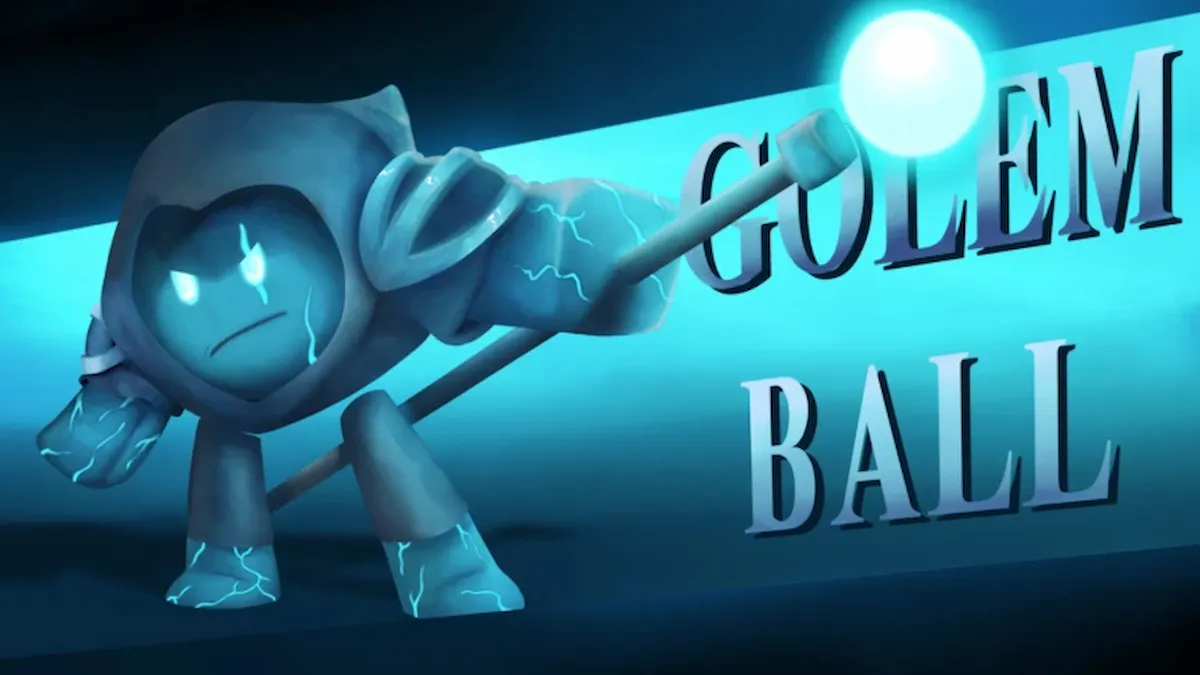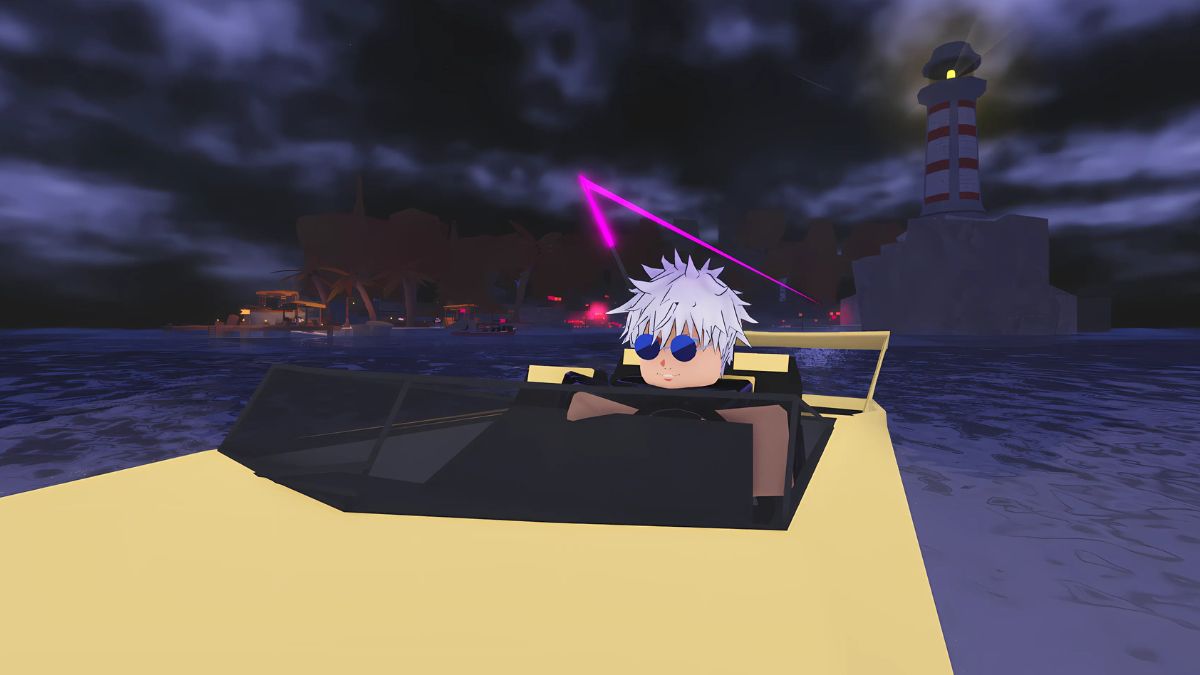Banjo-Kazooie was a game that revolutionised platforming on the N64: Rare's off-the-wall-humour, creative level design, and sublime controls made it the pinnacle of platforming on Nintendo's console. Fans of the original will most likely remember the developer's lavish in-game promises about the sequel, Banjo-Tooie, including the ability to swap items with the original Banjo (hence the hidden 'Stop 'N' Swap' items). And while these dreams never materialised thanks to concerns from Nintendo, we were still left with a pretty impressive sequel.
Starting out at Banjo's home on Spiral Mountain, Tooie begins a couple of years after the events of the first outing. Banjo and co. are all safe and snug playing cards in his house, Grunty is still wedged firmly under a boulder, Klungo is still despairing over his mistress’ fate, and things couldn’t be better. Which, of course, just means things are bound to get worse. Grunty's gruesome sisters Daz and Damo Mingella and Blobbelda promptly arrive on the scene; two ugly sisters whose noisy entrance through a rock face in a monstrous digging contraption heralds a great tragedy in the bear and bird’s lives.

Upon arrival, the witches whip out the spell book and liberate Grunty from her worm-ridden enclosure, discovering that two years under a rock has reduced our favourite rhyming hag to skeletal form. Reunited, the trio assault Banjo’s home, killing Bottles in a spell of malevolent magnitude before escaping in the digger.
With this shock start to the game, Banjo and Kazooie set out to seek revenge on skeletal Grunty and her siblings, following them to previously uncharted locations. While they are tracking down the sisters, however, the gruesome, er, threesome are plotting to use a contraption called the Big-O-Blaster to suck the lifeforce from the entire world and thus restore Grunty to her former, fleshy glory. Starting with King Jinjaling, the wicked witches set the clock ticking on the world’s energy, and only Banjo and Kazooie stand between them and victory. Unbearlievable!
From the outset, just like the story, everything in Tooie seems grandiose, larger than life, and slightly overwhelming compared to its humble predecessor. Arriving in the Jinjo village for the first time signals the sheer magnitude of this game: there's a lot to do and explore here, and this is just the first part of the hub world – and there are countless other parts to the Isle O' Hags that could swallow Spiral Mountain in one gulp.

Entering a level in Banjo-Tooie is a little like it was in Kazooie. Each world's size is quite a surprise (sorry, Grunty's rhymes are quite contagious, apologies to all who find this outrageous!)...
Ahem. Instead of having levels that can be completed in one sitting, Tooie's stages have been specifically designed to tie in with each other through tunnels and other means with a more 'open-world' approach. You can't 100% finish a level until you're most of the way through the game and have access to the linked areas and later-game abilities.
This is puzzling at first, as it's not clear that hopping between levels is required – you'll be wondering how to get some Jiggies, only to find a few hours later that you gain access to them via another level. But this design to connect all the levels together is befitting of the game's expansive approach and good fuel for your typical completionist – depending on your skill and familiarity with the geography, there's around 20 hours of content here, and while it can get overwhelming, it's still thoroughly enjoyable. Since the year 2000, we've all become much more used to navigating vast, open-world spaces, too.

The levels themselves are richly designed: from the circus to a prehistoric land; from the ocean depths to a run-down mine, the settings are diverse and atmospheric - and really show off the '64 at its peak. You'll marvel at the variety and feel enchanted by this quirky fairytale. The core loop of the original is still there: you get a few Jiggies; a new world opens up; repeat until witch is defeated and you've collected absolutely everything. Of course, Tooie is all about collecting musical notes and all manner of other weird and wonderful objects, but now there is a lot more of it. Gone are the days of completing a level in five or ten minutes; Banjo-Tooie massively expands the canvas, and a few cracks start to appear.
Some of these cracks are caused by a trait not often exhibited by sequels: our heroes retain all their moves from the first outing, which is pretty handy. Or is it? It's ironic that because Rare opted to keep the first game's moves from the start – something which many people get irked about not happening in sequels – the team put itself in a bit of a pickle. No new moves would mean little variety, but an expanded moveset would get cumbersome.
With Bottles' lack of a corporeal form, the intrepid adventurers look towards Jamjars – the deceased mole's tough-stuff brother – to teach them new moves. Foremost amongst them is being able to split the duo up: Banjo and Kazooie can venture through levels on their own, with a whole host of new abilities - Kazooie even learns to hatch eggs! The gameplay is drastically changed when the duo split, and you have to think outside the box (well, backpack in our feathery friend's case).

However, splitting up and getting lost is not fun and, given the scope of the levels, it is sometimes unclear what you actually have to do. Jamjars' other additions, such as using Kazooie as a gun FPS-style (in contained environments - you can't just go through the entire game in first-person mode), the bill drill, spring shoes, and the new egg types range from fun to just a little too much to manage, especially when the moves from the first game are all still there. Cycling through five types of eggs isn't particularly eggciting.
And then we have the introduction of Mumbo Jumbo as a playable character. Essentially, all he is used for is to find the special Mumbo pads and activate them, after which you return to his hut. Unfortunately, controlling the poor shaman adds relatively little value.
Still, Tooie balances difficulty with nearly all the control precision of its predecessor: it's only fractionally less fluid when it comes to the new moves, which still puts it way above most other games. Transformations are back (you actually get to play as the washing machine this time, and a dinosaur!) but it's Humba Wumba who works her magic and transforms the bear and bird – poor Mumbo really gets a raw deal.

Level bosses also come into the fray for the first time, ranging from a giant patchwork-balloon dinosaur to an old, grumpy lump of coal, and a pterodactyl. These additions add even more humour and depth than the first outing. Maybe more depth than we needed, but only just.
But is being too big really a major flaw? Not in our opinion - and certainly not after years of open-world experience. Played on original hardware, the game's real flaw is its notoriously unreliable — well, reliably poor — frame rate. As with Rare's other late-cycle N64 releases, it stretches the console to breaking point - and then stretches some more. The Xbox and Rare Replay re-releases resolved this issue, and it plays much smoother via Nintendo Switch Online, too. Just something to be aware of if you're plugging in an original cart.
The only other thing to slightly dim this brilliant fairytale adventure is the backseat position taken by villain Gruntilda. No longer does she tease and provoke you with her couplets; she just seems to be there at the end to dish out a good beating.

Overall, Banjo-Tooie is a fantastic game filled with all the variety and imagination you'd expect from Rare's glory days, although the vastness of the game makes it hard to squeeze every single drop of fun from it. With the option for four-player GoldenEye-style deathmatches, things can get hilarious with a few friends around, too, even if it's relatively short-lived.
Conclusion
Banjo-Tooie is a wonderful time. The levels are fantastically crafted, the humour is ever-present, and a lot of care has gone into creating an adventure of epic proportions. It stands above most other platformers out there, but it does fall short of perfection simply because it overreaches. The worlds are slightly too big, there are a few more moves than necessary, and playing as Mumbo Jumbo, sadly, added little of value. Still, don't let this detract from the fact that Banjo-Tooie is one of the gems in Nintendo's platforming history: with rich level design, brilliant gameplay, and the same charm which made the original so special, this one is well worth getting hold of.

 2 months ago
105
2 months ago
105







![Anime Reborn Units Tier List [RELEASE] (November 2024)](https://www.destructoid.com/wp-content/uploads/2024/11/anime-reborn-units-tier-list.jpg)
